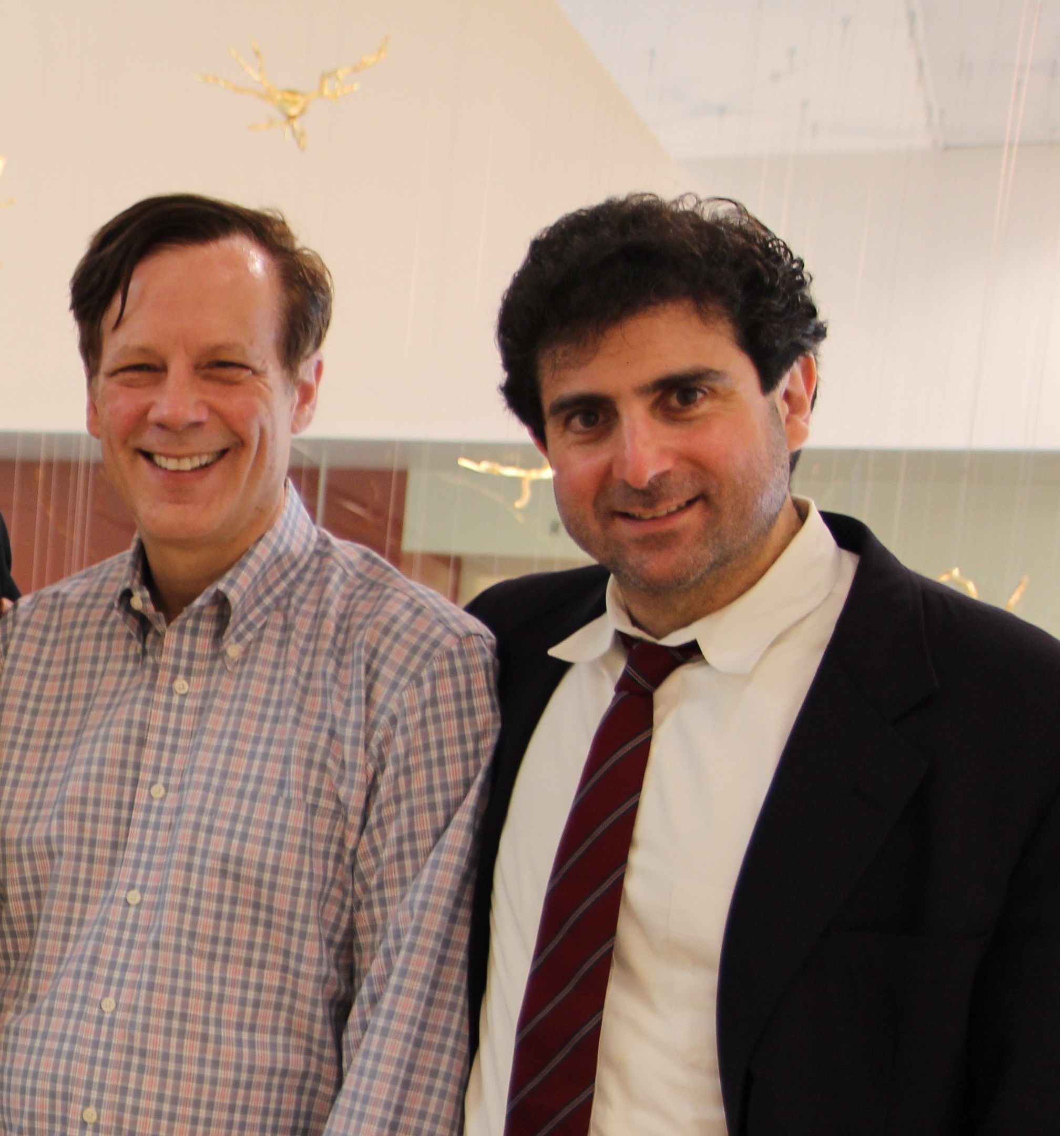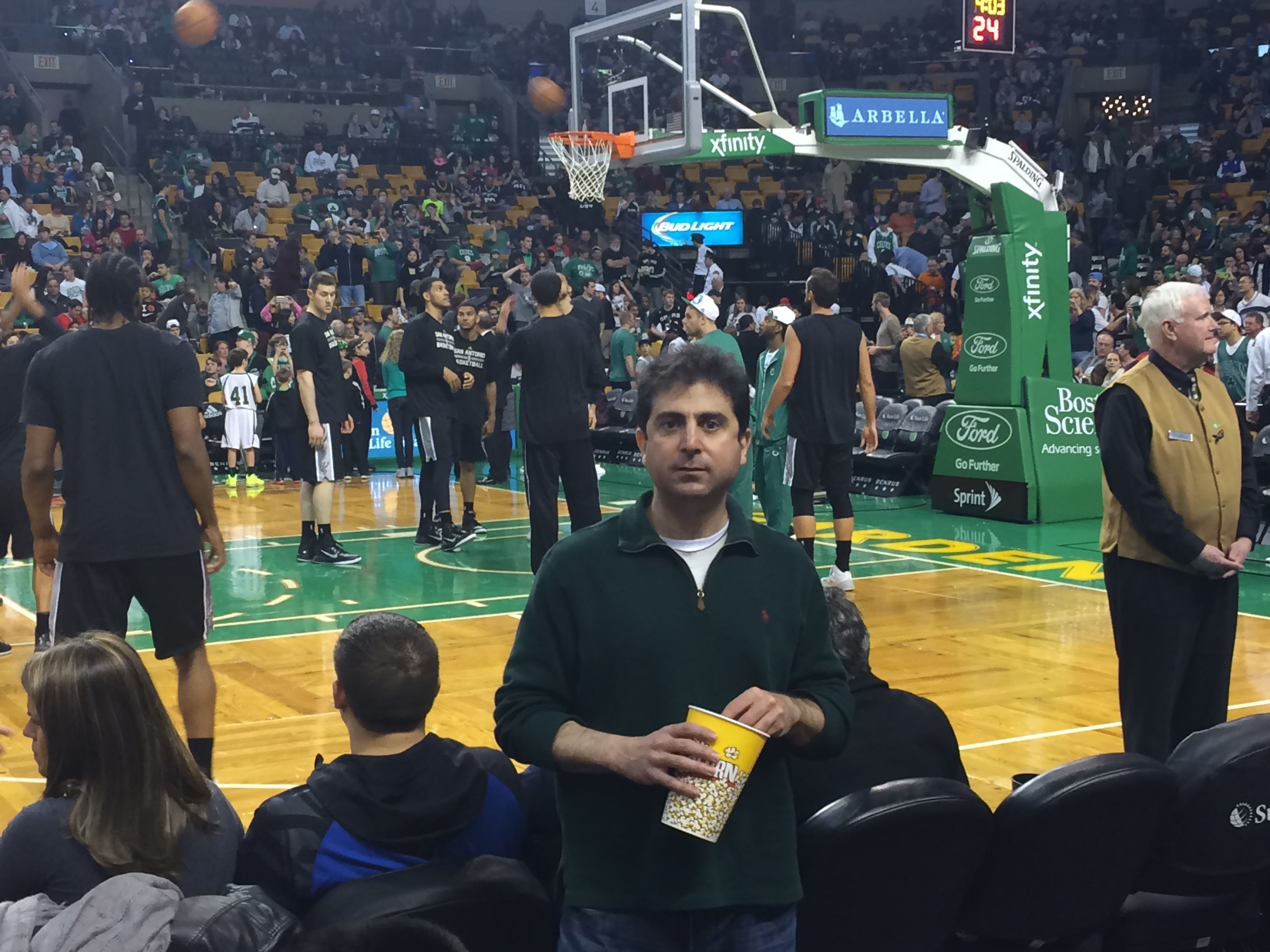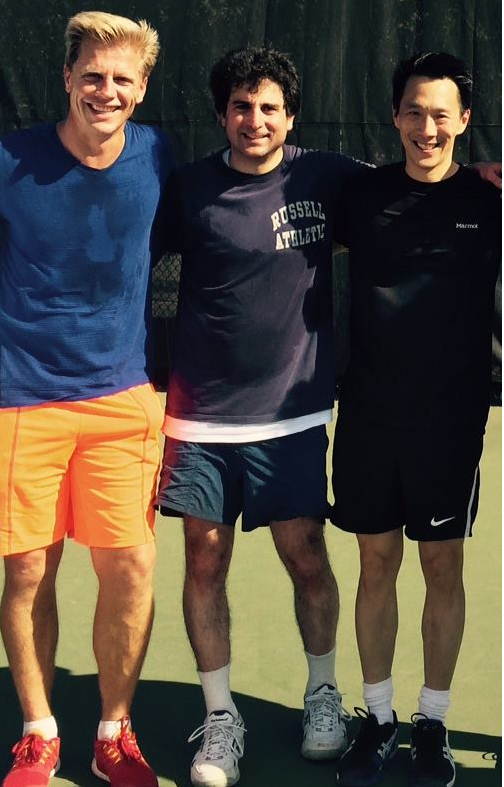
 AJEMIAN
AJEMIAN

 AJEMIAN
AJEMIAN


I'm a research scientist at MIT studying the neural control of movement, the representations of learned skills as motor memories and, more recently, the relationship between motor memories and declarative memories. It appears that information storage via these two distinct modalities has more in common than previously thought.
My main interests are:
1) Assessing, through pyschophysical
experimentation, movement
behavior in individuals with neurological disorders,
2) Deciphering the cortical codes by which movement commands are represented in the brain through analysis of neurophysiological data,
3) Elucidating neural principles of learning and self-organization as they pertain throughout the brain generally and the motor system specifically, and
4) Using knowledge of neural representation and learning to build neuroprosthetic devices (or brain-machine interfaces).
5) Developing a unifying framework capable of explaining how both motor memories and declarative memories are formed and persist through time.
Recently, my efforts have been focused on two more specific problems. The first is developing a
science of human athletic performance based on systems neuroscience principles -- a "sports
neuroscience", if you will. For several decades, kinesiologists and sports scientists have made numerous observations
on the practice/performance habits of athletes, and these observations have resulted in
a set of heuristics on general sensorimotor skill enhancement. Yet these heuristics are relatively sparse and
ill-defined, leaving most performance improvements, ultimately, to the whim of trial-and-error. If a codifying theory
could be formulated at the systems level, our understanding of athletic performance could be deepened leading, hopefully, to more
effective teaching/coaching interventions. So far, I have focused on a few specific heuristics, such as the
puzzling problem of why a professional athlete (or musician or other expert practitioner of fine motor skills)
needs to practice so extensively immediately prior to performance on the day of a competition, regardless of how
much practice has occurred in the preceding days (article on practice
effects). Here, I am borrowing on my own personal experience as a collegiate
tennis player, because I couldn't play worth a damn without rallying from the baseline for at least 1/2 hour
prior to a match.
The second problem is how to train a Brain-Machine or Brain-Body interface device to perform at or near
the performance level of an unimpaired human. Lately, there has been a lot of hype in the media (and even in scientific journals)
about the long-term potential of recent developments in motor neuroprosthetics. However, none of these devices actually
work very well. Some might say that tweaking the current methodologies will ultimately lead to better performance.
I would diagree, arguing that there are fundamental flaws to the current paradigm. In particular, all current devices
rely on a "Decoding" stage, whereby the brain is assumed to represent movement commands in a certain way, and
control algorithms are employed to find the best-fit parameters for this presumed representation. However, because
we really don't understand enough scientifically about how the brain generates
movement commands, any representation we impose on the system for decoding purposes will lead to fundamental
performance limitations.
It makes far more sense to allow the brain to interact autonomously
with the peripheral actuators without the interposition of a "decoding stage", so
that the brain figures out its own means of control (just as a baby has to engage in motor babbling to
develop coordination). Basically, I am simply saying that the brain is smarter than we are in terms of
understanding movement control, so let it solve the problem.
Of course, this approach exhibits the downside of a significantly increased learning time, but this
is a limitation which can be addressed, unlike the fundamental limitations of the alternative approach.
Some of my publications (and CV ) with links are listed at the bottom.
I also teach a class entitled "Emergent computation in distributed neural circuits".
The class illustrates the different principles that underlie computation by a computer vs. computation
by the brain. The stark differences between these two systems tend to be underappreciated often
resulting in gross misconceptions about how cognitive, sensory, and motor functions are implemented
in neural circuits. A syllabus for the class can also be found below.
What follows is the semi-facetious, semi-serious introduction to my dissertation. It's facetious in the sense of being wildly bombastic and quite incongruous with the remainder of my computationally-oriented dissertation. But it's serious in the sense of touching upon some of the philosophical and epistemological issues that have attracted me and many others to the study of the mind. (It's also serious in the sense that I managed to slip it past my readers into the final archived version.)
Bizzi E, Ajemian R. From motor planning to execution: a sensorimotor loop perspective. Journal of Neurophysiology. 2020 Dec 1;124(6):1815-1823.
Ajemian R, Bizzi E, Schachter S, Edgerton R, Winograd J, Malik W. Gentler alternatives to chips in the brain. Nature. 2017 April 27;544(7651):416.
Bizzi E, Ajemian R. A hard scientific quest: understanding voluntary movements. Daedalus. 2015 Jan 16;144(1):83-95.
Ajemian R, D'Ausilio A, Moorman H, Bizzi E. A theory for how sensorimotor skills are learned in noisy and non-stationary neural circuits. Proceedings of the National Academy of Sciences. 2013 Dec 9;110(52):E5078-87.
Ajemian R, D'Ausilio A, Moorman H, Bizzi E. Why professional athletes need a prolonged period of warm-up and other peculiarities of human motor learning. Journal of Motor Behavior. 2010 Nov;42(6):381-8.
Ajemian R, Hogan N. Experimenting with theoretical motor neuroscience. Journal of Motor Behavior. 2010 Nov;42(6):333-42.
Ajemian R, Green A, Bullock D, Sergio L, Kalaska J, Grossberg S. Assessing the function of motor cortex: single-neuron models of how neural response is modulated by arm biomechanics. Neuron. 2008 May 8;58(3):414-28.
Ajemian R, Bullock D, Grossberg S. A model of movement coordinates in the motor cortex: posture-dependent changes in the gain and direction of single cell tuning curves. Cerebral Cortex. 2001 Dec;11(12):1124-35.
Ajemian R, Bullock D, Grossberg S. Kinematic coordinates in which motor cortical cells encode movement direction. Journal of Neurophysiology. 2000 Nov;84(5):2191-203.